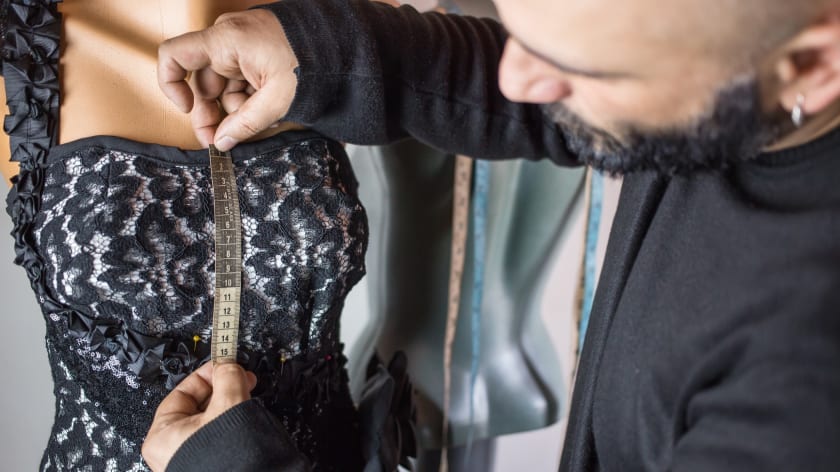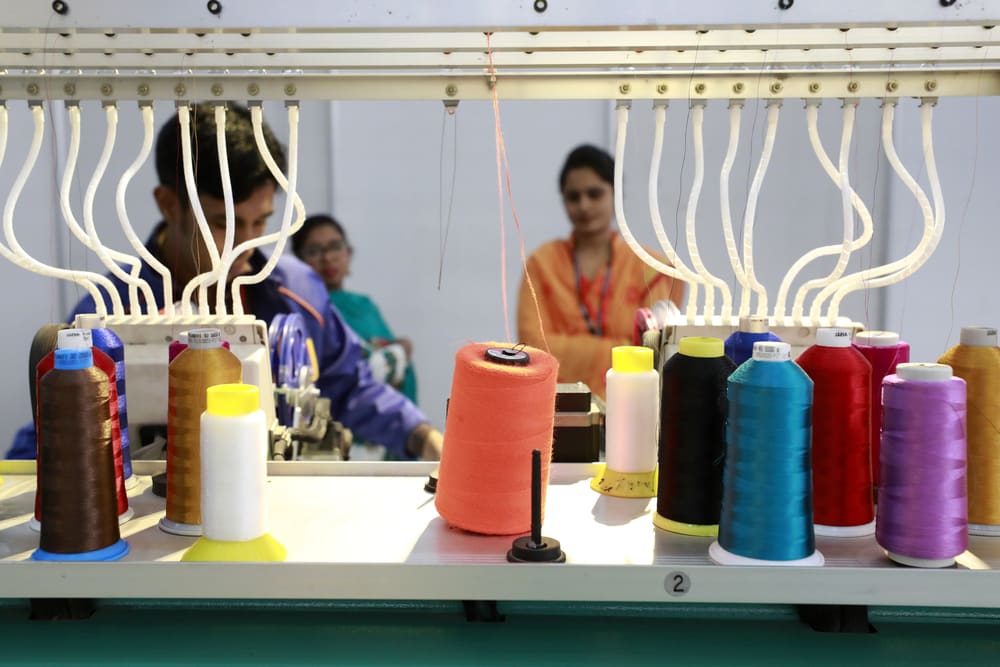Fighting Against Counterfeits: A Multi-Country Challenge



People often encounter replica designer clothes while shopping at local stores. But, most people do not know that these items are illegal.
Counterfeiting is now across the globe. It gives rise to the prominence of popular branded items. An increase in counterfeit poses a big problem for many kinds of consumer products. These include electronics, entertainment, fashion, and luxury goods.
Research suggests that losses by counterfeit goods are around US $700 billion globally. Brands and governments have taken notice of the damage caused by the industry and are taking steps to reduce their risk. Counterfeiting has had adverse consequences in India, affecting the economy, health, and safety. Small businesses that buy fake goods either knowingly or unknowingly face heavy costs. These can be due to breakage, unenforceable warranties, and business downtime. It also becomes difficult for foreign investors to invest in new products, especially when the return on investment is uncertain because of unenforced IP rights.
The health and safety of consumers who get duped are at risk as well, especially if they are buying faulty machine parts or unsafe medication. And this is only increasing with every passing day. Even the government has been a victim of counterfeit goods, for example, fake repair components used in military planes and equipment.
What Is counterfeiting?
Experts define counterfeiting as an infringement of the legal rights of an IP owner. In simple terms, "counterfeiting" refers to specific cases of trademark infringement. But, in practice, "counterfeit" means that a product closely copies the look of an existing one. For instance, in the fashion industry, customers misleadingly buy replica designer clothes. They think they are purchasing the original product.
Industries affected by counterfeiting

It is impossible to get accurate data and statistics on counterfeiting. This is because it is hard to get accurate statistics on counterfeiting. This is also because it is an undercover activity. However, the copyright industries of America have obtained detailed data on the piracy of their products for a couple of years.
A few specific industries suffer the most because of counterfeiting. In 1996, more than half of all motion picture videos were pirated. Pirated content was about 40% of all business software, and 33% of all music recordings sold.
The fashion and sportswear industries are also affected by counterfeit clothing. It is most prevalent in Europe. People wear replica designer clothes, thinking they landed up with an original product. The counterfeit industry uses a very simple technique. They take a plain clothing item and attach the labels of any famous brand. Then they sell these products in other states, thus benefiting from the free movement of goods across borders and duping people into believing they are original goods.
Many customers find it tough to differentiate between replica designer clothes and the original ones. This results in causing a problem in many industries, for instance, the unapproved spare parts in the spare parts industry. The gray market sells overruns, recycled parts, copy parts, and stolen goods. This makes it very difficult to control the market and distinguish legal from illegal items.
The impact of counterfeiting globally
The significant damage caused by counterfeit goods is no longer limited to one place. Moreover, it affects all after trade and industry have become globalized. Governments and corporations have been relentless in their efforts to check illicit trade; however, there is still much work to do.
Globally, 3 billion counterfeit and pirated goods were seized in 2013 as per the World Customs Organization (WCO). The WCO reported that more than half were illicit pharmaceutical items. Among these, electronic appliances accounted for 470 million pieces and taxable products accounted for 95 million pieces. Additionally, food accounted for 50 million pieces, among other items. Several other industries, including tobacco, have experienced an increase in illicit trade. In 2012, illicit trade grew by 40 percent, thus making tobacco trafficking a significant problem for the customs departments.
Illicit trade each year leads to a growing number of brands getting harmed. Consumer products, such as electronics, clothing, and automobiles, are examples. Industries and countries worldwide now face a global threat. There is evidence that trade in such items links to terrorist activities. Cigarette trafficking is not much better than drug trafficking. The WCO says this was one of the primary funding sources for terrorists in the sub-Saharan region. Illegal trade and practices have become organized and have also been well-resourced in the last few years.
Global logistics networks and real-time data sharing systems are improving, thus making it easier for individuals and online platforms to supply illicit goods. In turn, this has led to an increase in the number of people and organizations engaging in illicit trade. Associated stakeholders, including governments and consumers, are harmed by this growing problem.
Loss caused by counterfeiting goods
Loss amounting to approximately one billion dollars is caused due to counterfeiters every year. This cost of counterfeiting affects a variety of countries. First, industries that compete directly with counterfeiters lose sales as a result. Some markets have gotten saturated with counterfeiters. This is so much so that genuine product producers find it tough to enter.
People are more likely to find replica designer clothes, and as mentioned earlier, it is not easy to differentiate them from the originals. Some might say that consumers who buy fake products would not get genuine items. But this is a weak argument, and only applies to a small fraction of luxury goods. The benefits of high-quality and authentic goods are far greater. However, a short-lived fake product looks more appealing.
Now the quality of several counterfeit items has improved. They compete directly with authentic brands and items. Consumers are the ones most affected by counterfeit products. Individuals who get fooled into believing that they’ve purchased a genuine item will often blame manufacturers. It leads to a loss of trust and goodwill from brands. Even if a customer knows they are buying replica designer clothes, it impacts the company making the original products. After all, they want their customers to associate them with high quality. Hence, it leads to a loss of trust and goodwill from brands.
Besides the direct loss of sales and goodwill, enforcing IP rights results in high costs. To combat counterfeiters, the right owner must engage in costly investigations and litigation. He may also have to spend extra funds on product protection. A well-defined budget to fight counterfeit is tough to fix for a company. This is because it spans several departments, including marketing, human resources, product development, and legal.
How to protect against counterfeits

The rise of the counterfeiting industry causes loss amounting to approximately US $250 billion per year. This leads to more companies taking strict action.
It is impossible to eliminate counterfeit products. But we can make it difficult for fraudsters to dupe people. Here are some actions private organizations can take to safeguard against counterfeiting.
- Anti-counterfeiting policy
Companies that market their products internationally have suffered from counterfeiting. Over the last years, a set of policies against counterfeit has become a part of these companies. They see gains of publicizing their battle against counterfeiting as a goodwill raiser, and more and more companies are doing so. Industries facing the most counterfeiting, like software and music, as well as wine and spirits companies and automobile manufacturers are part of this policy.
- Due diligence
According to the concept, financial documents get prepared in the finance sector. This involves taking appropriate steps that make sure that, if challenged, they take all due care. Implementing a thorough due diligence strategy involves understanding almost every risk-related function, and also executing response procedures accordingly.
A product's manufacturer is the only one who can tell whether an item is authentic or fake. So, manufacturers should be responsible for identifying copies of their products. Right holders are usually financially stronger than enforcement agencies. So, the financial burden is shifted to them. Many companies are already financing training and establishing databases for enforcement agencies.
- Anti-counterfeiting technology
A more proactive approach is needed for industry groups. It will help improve the protection of their specific products. Companies are employing various technologies to protect, identify, and track intellectual property content. This content, embedded in digital files and computers, is a means of protection. It helps in identifying and tracking counterfeit content.
A wide range of manufacturers employ anti-counterfeiting technologies, including those who manufacture high-value items. These also include products resold after expiry and pharmaceutical products subject to counterfeiting.
Authentication methods and track-and-trace systems are the most effective ways of fighting counterfeits. Now the global counterfeit industry is rising. So, brands must gain from the technological solutions to combat it.
The effectiveness of such solutions prevents counterfeit goods from entering legitimate supply chains. Accompanied by various benefits, these include supply chain management and loyalty-building features.
Have any doubts about counterfeiting replica designer clothes? Comment below!



















